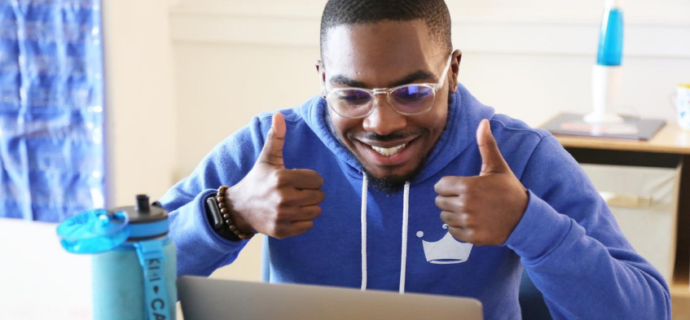Three Lessons We Learned Through This Pandemic In 2020
ByFreddy Gonzalez
It’s easy to view remote learning through the lens of its deficits. After all, there’s really no substitute for the face-to-face rapport with an excellent teacher. As an educator supporting public charter schools across the country through the transition to virtual instruction this year, I’ve seen a lot of promise too. This may not be a perfect situation for learning, but we’ve adapted, and the lessons we’re learning on family engagement, adapting technology and virtual instruction will transform our schools for decades to come.
As this year comes to a close, it’s important to review what we have learned about education during the pandemic.
It’s critical to ground this conversation in equity and justice. Like so many other aspects of the pandemic, the shift to virtual education has exposed fault lines of privilege and prejudice in American education. For students like ours at KIPP, systemic racism and income inequity mean they simply can’t count on things their more privileged peers take for granted—like access to technology and connectivity for learning, or parents having the job flexibility to help with schoolwork. These inequities require structural solutions.
In the meantime, schools are doing what we can. At KIPP, we have done our best to ensure more than 110,000 of our students have the devices and tech support they need to learn at home. KIPP regions made sure to distribute not only device for every child, but to achieve a ratio of 1.25 devices for every child, knowing many devices needed to be replaced.
Other regions focused on investing in hotspots and covering the service charges for families. We had assistant principals and regional leaders in Massachusetts answering the more than 400 calls and emails for tech help from parents on their first day back to school. Our regions created hotlines, tech help emails, explainer videos and took part in socially distant home visits to ensure connectivity. Our schools in Washington, D.C. even distributed headphones so students, who often had siblings taking part in remote learning side-by-side, could focus on their work.
So what have we learned?
Read the full article here.
